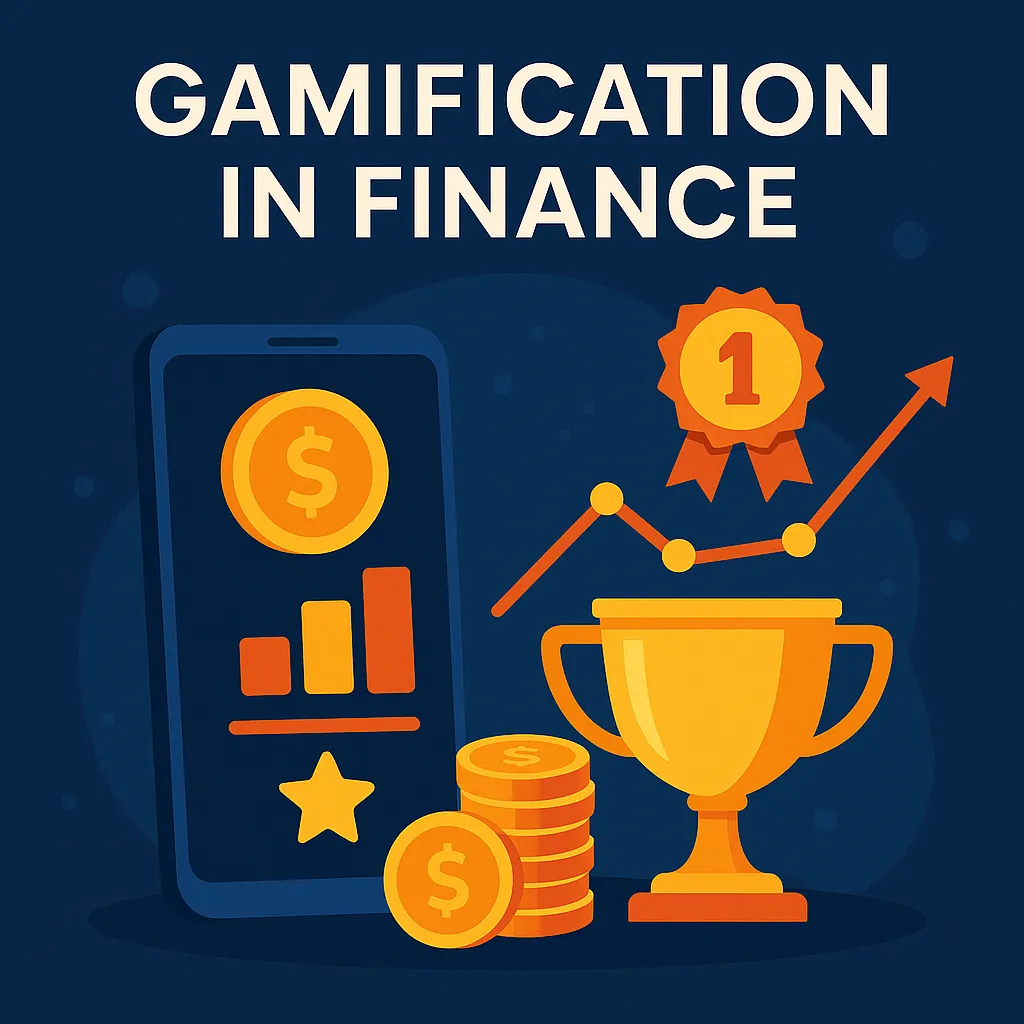Gamification in Finance: Turning User Habits into Engagement Engines

Once a novelty of mobile games and fitness apps, gamification now plays a strategic role in fintech. From banking apps to DeFi platforms, game mechanics have evolved into powerful tools that drive engagement, loyalty, and even financial education. Today’s users expect more than passive interfaces—they want to interact, progress, and feel rewarded. For fintech, this means designing systems where psychology meets user experience in ways that are both playful and profitable.
Why Gamification Works in Financial Products
Behavioral Psychology Meets Emotional Triggers
Let’s face it—traditional financial tools rarely evoke emotion. But emotion is exactly what drives user behavior. That’s where gamification steps in. By creating feelings of achievement, curiosity, and even suspense, gamified features help users stay invested, both mentally and financially.
Take a look at some core game elements and their psychological effects:
| Gamified Element | Impact on Users |
|---|---|
| Points & Bonuses | Boost motivation |
| Progress Bars | Encourage continued engagement |
| Levels & Badges | Build a sense of status |
| Leaderboards & Rankings | Spark competition |
| Randomization Mechanics | Add excitement and suspense |
These aren’t just playful additions—they create habits. When financial apps trigger dopamine the same way games do, users naturally return more often, stay longer, and explore more features.
Where Gamification Is Already Shaping Fintech
Mobile Banks With a Twist
Modern banking apps aren’t just about transferring money anymore. Many incorporate missions, leaderboards, and rewards to keep users active. Popular examples include:
- Savings Challenges: Set a goal and reach it in 30 days to earn a digital badge or reward.
- Cashback Missions: Complete small tasks like shopping at specific stores to unlock bonus offers or virtual “chests.”
- Social Savings Leaderboards: Compete with friends on who saves more this month.
This playful interaction doesn’t just make finance less intimidating—it makes it enjoyable.
DeFi Platforms as Interactive Arenas
In decentralized finance, gamification goes even further. Yield farms are styled like missions or mining games, while NFTs act as loyalty tokens or bonuses. Some platforms even turn volatility into gameplay:
- Investment as Risk Play: Stake your crypto and “play” with market volatility.
- NFT Achievements: Earn collectibles for consistent usage or hitting milestones.
- Interactive UX: Dashboards resemble game UIs, with animated returns and dynamic feedback.
This crossover of finance and fantasy creates sticky experiences, especially appealing to younger, crypto-native audiences.
How the Gambling World Inspires Fintech Mechanics
There’s no denying it: gambling and fintech have more in common than it might seem. Many fintech teams study how players interact with betting apps to understand what keeps users engaged. Randomness, urgency, and reward anticipation are proven attention anchors.
Case Study: Aviator by Spribe
Enter Aviator, a game by Spribe that brilliantly fuses gaming simplicity with psychological tension. Players place a bet and decide when to cash out—before a plane “flies away” and the round ends.
What makes Aviator a masterclass in UX?
- Sessions last seconds, but require split-second decisions.
- A visual graph displays rising earnings, tempting the player to hold… just a bit longer.
- One wrong move and the payout vanishes—mirroring real-life investment risks.
In the DeFi world, this mechanic is gold. Interfaces that simulate volatility, provide clear “exit points,” and play on visual risk-response can turn passive users into strategic participants. Some DeFi platforms even analyze Aviator player behavior to inform their UI and token mechanics.
The Real-World Benefits for Everyday Users
So, what does all this gamification achieve—besides a more colorful interface?
It delivers measurable benefits, especially for users new to finance:
- Faster Onboarding: Intuitive design reduces learning curves.
- Better Risk Awareness: Simulations help users grasp market dangers.
- Improved Financial Literacy: Play-based features teach saving, investing, and budgeting without dry tutorials.
Gamification isn’t decoration—it’s a strategic UX framework. When done right, it builds habits, encourages exploration, and turns finance into a daily ritual rather than a chore.
